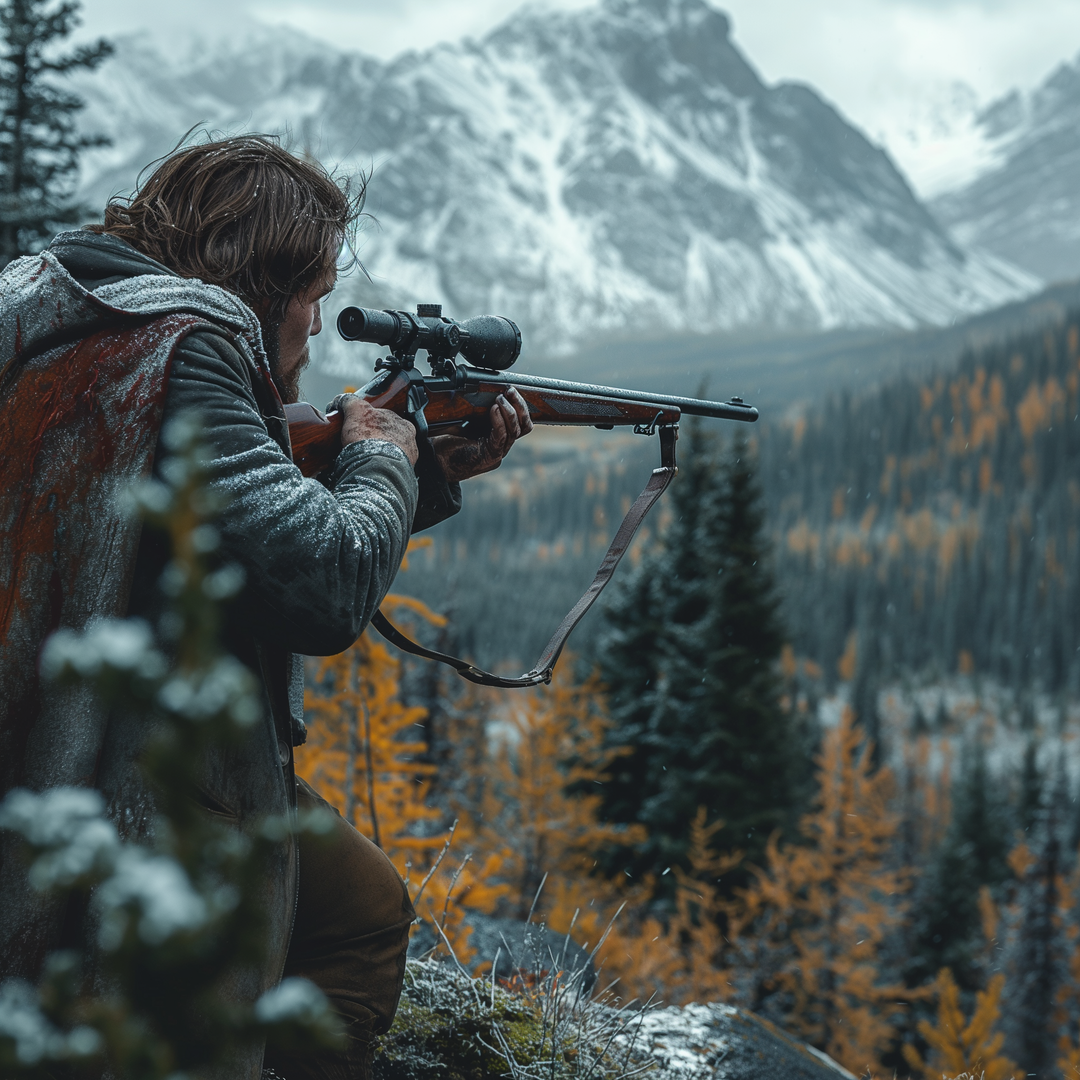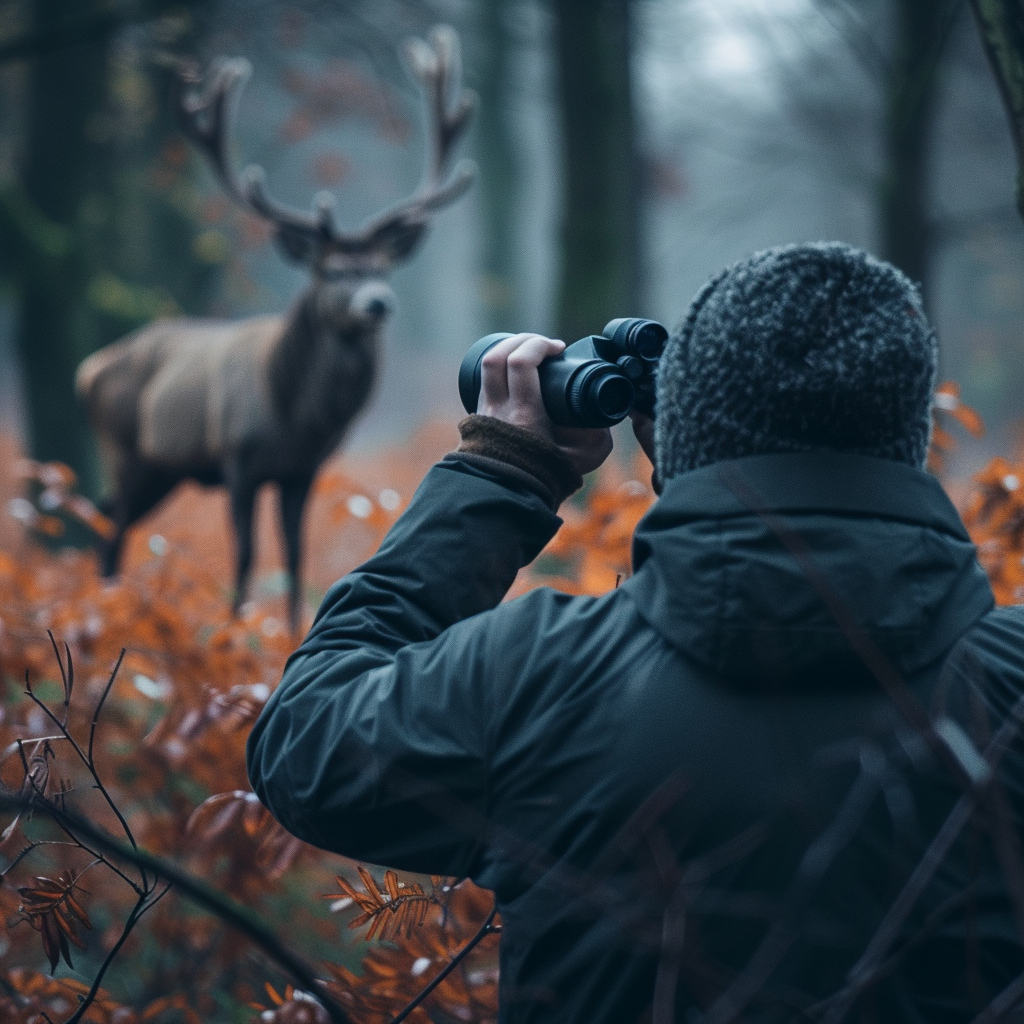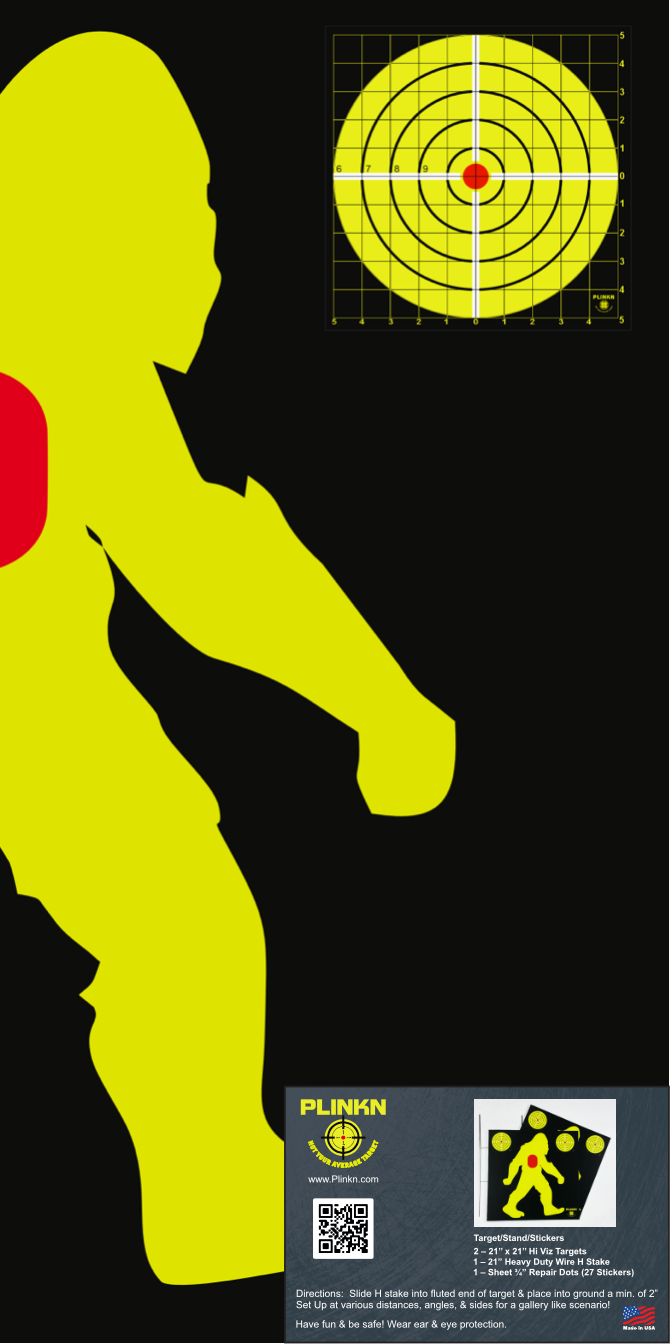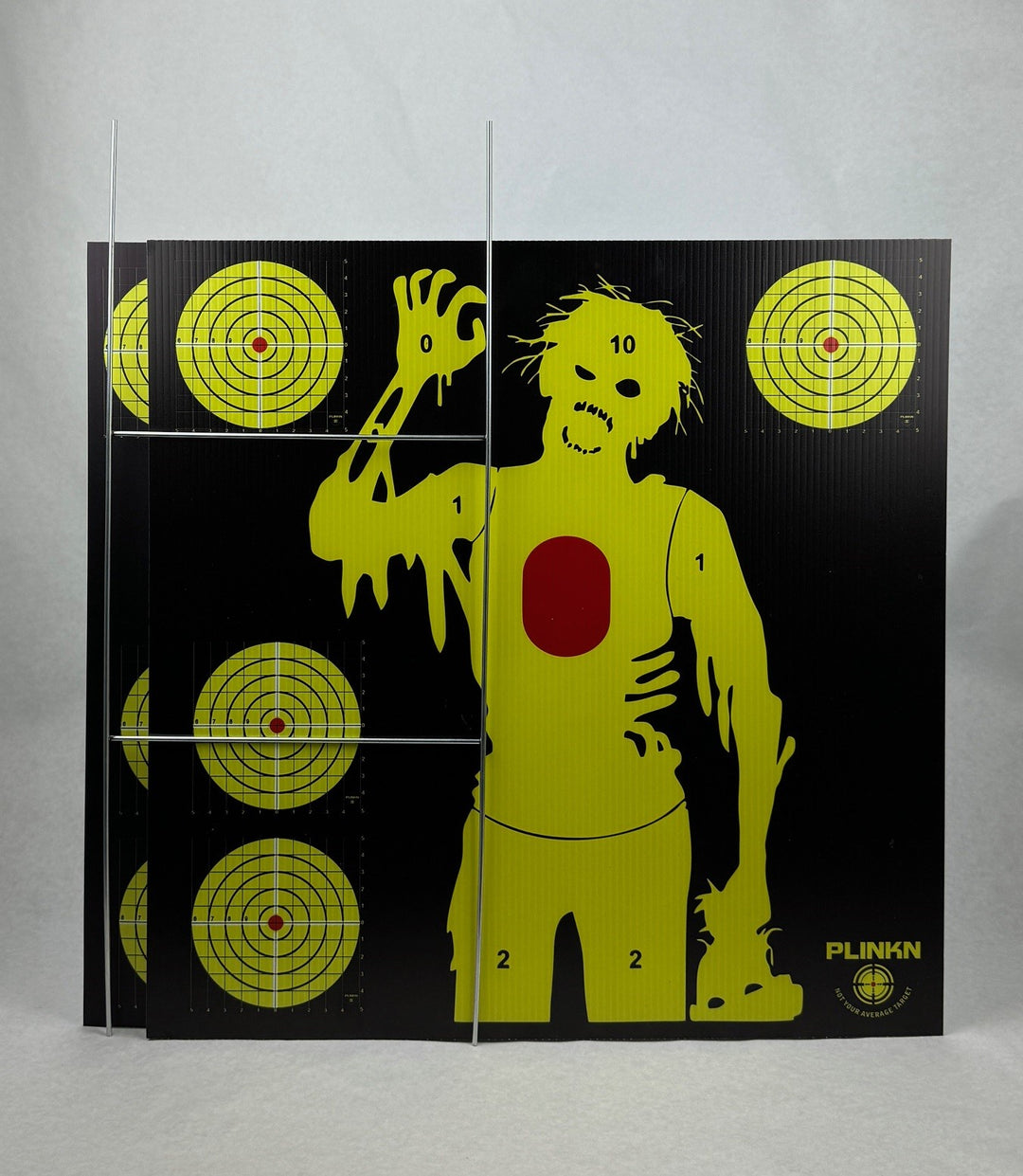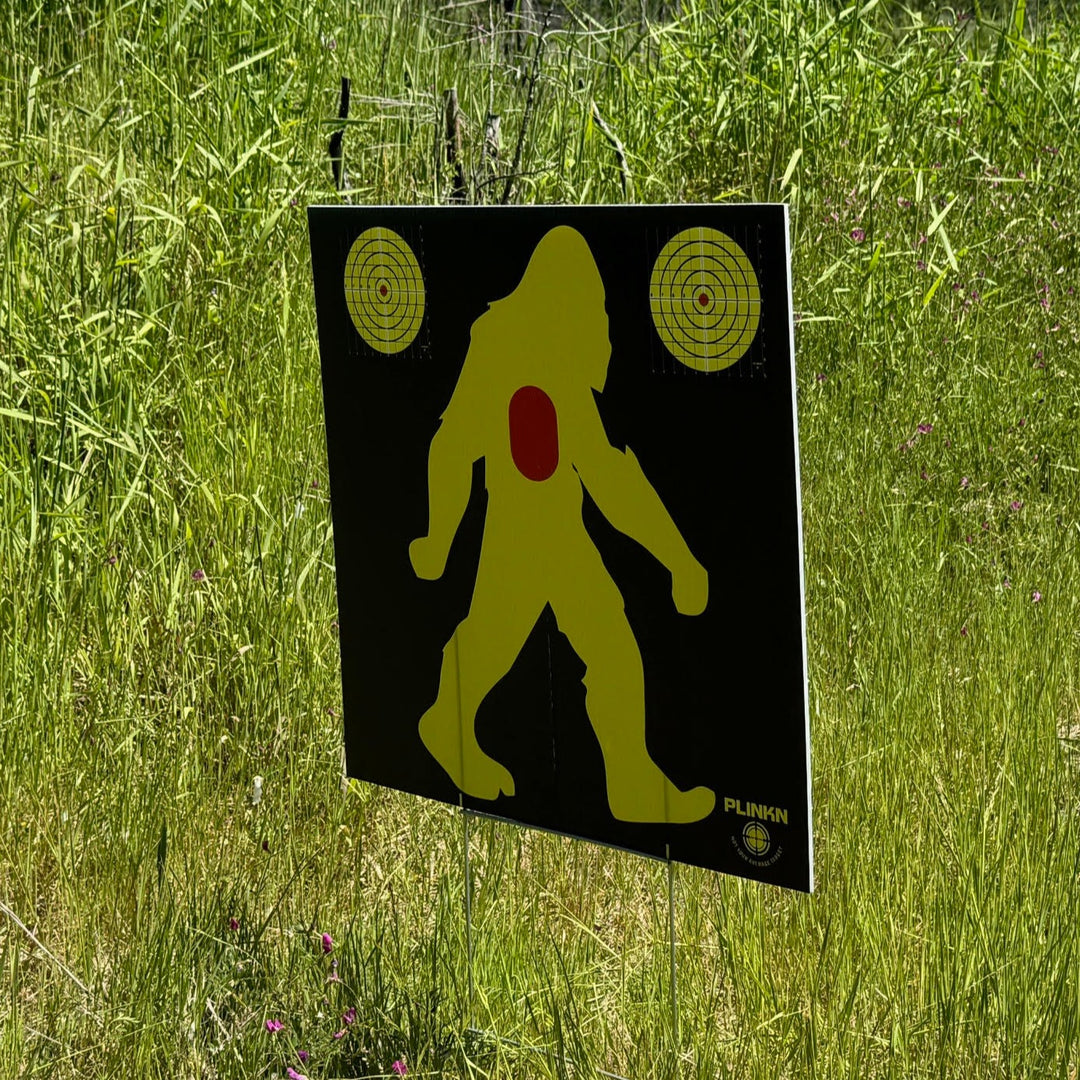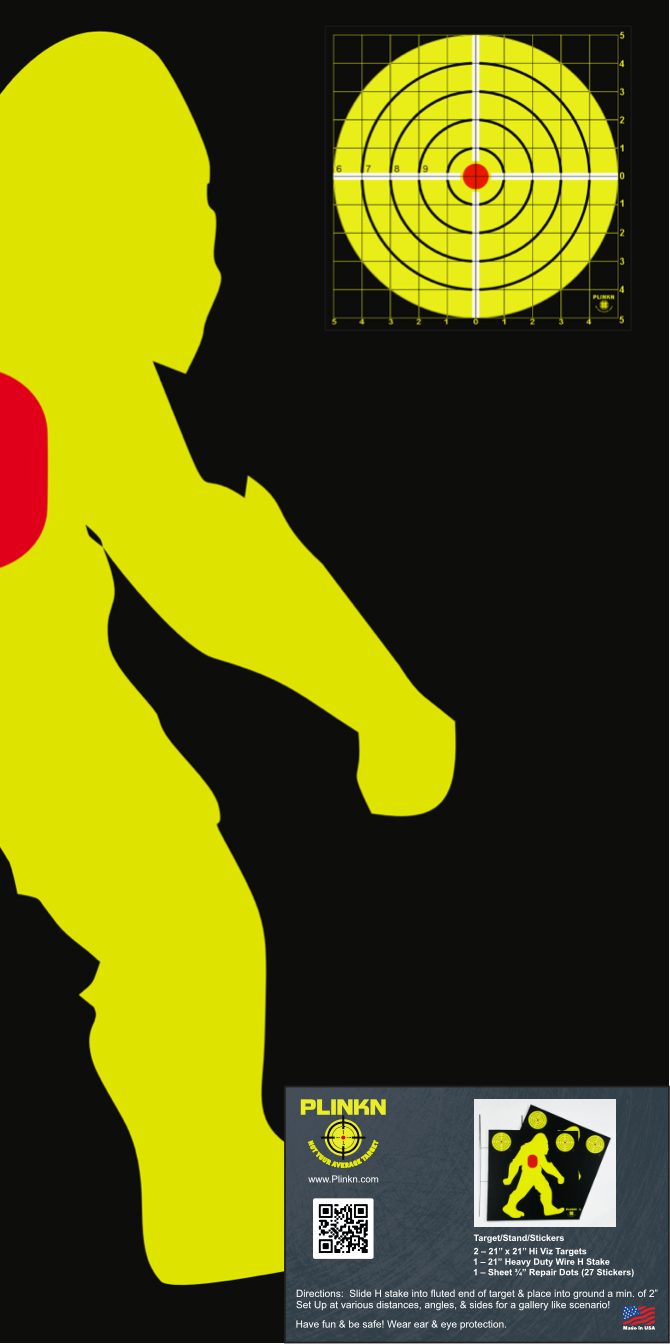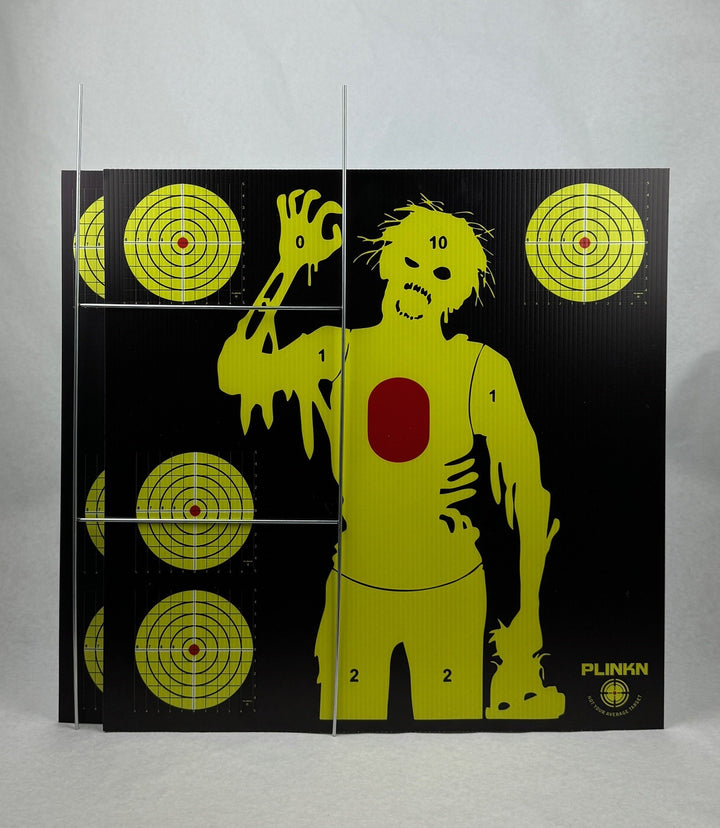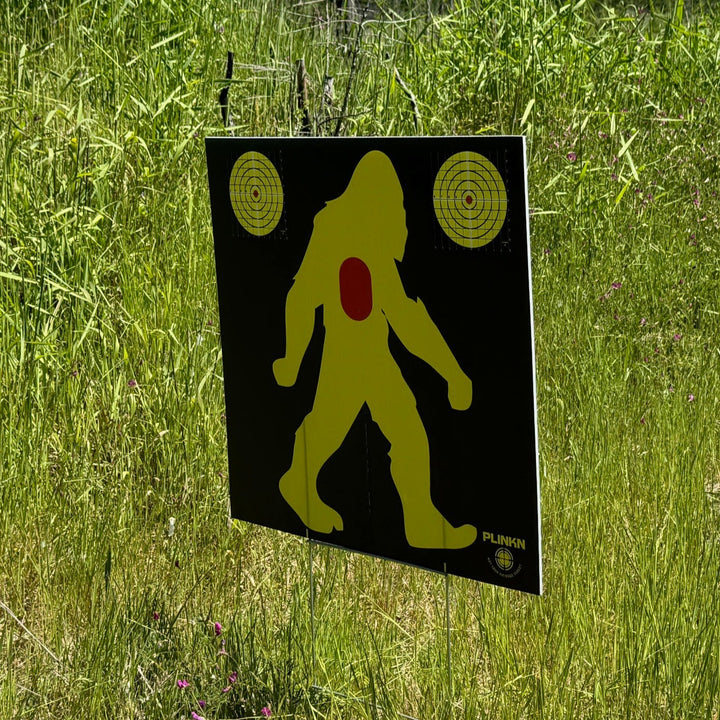Mastering Target Practice: A Comprehensive Guide
Target shooting practice is a captivating endeavor that requires a high degree of focus, precision, and skill. Effectively contributing to the development of a shooter's precision and accuracy, target practice is an essential component of any marksman's training schedule. Engaging in consistent target practice also advances mental focus and concentration, which are equally significant to one's physical capabilities in excelling at shooting disciplines. These skills are not only beneficial for individuals new to shooting but also provide continuous improvement opportunities for seasoned shooters. Persistent refinement in target practice is crucial across all levels and is foundational for success in a wide array of shooting activities and sports.
Understanding the Basics
Slingshots, crossbows, and bows & arrows are common tools used in target shooting practices. Each tool provides a unique challenge and requires specific skills and techniques for successful shooting. For example, with slingshots, it's not just about hitting the target but also mastering the art of control and precision. Understanding the basics of these shooting methods, including the proper stance, grip, and aim, is essential to becoming a proficient shooter. Regular practice is key to developing muscle memory and enhancing consistency in your shots. Experimentation with different shooting techniques can also help find what works best for you.
The Role of Precision and Accuracy
Precision and accuracy play a critical role in target shooting practice. These two factors greatly determine the shooter's success in hitting their target. Precision refers to the shooter's consistency in hitting the same location, while accuracy relates to the shooter's ability to hit the target's center. Regular practice, whether with slingshots, crossbows, or bows & arrows, can significantly improve both precision and accuracy. Moreover, in competitive shooting, precision and accuracy are often the deciding factors that separate the winners from the rest.
Setting Realistic Expectations
Mastering target shooting practice requires dedication, patience, and a willingness to learn. It's important to set realistic expectations and goals and work towards them consistently. While the aim is to improve precision and accuracy, progress may be gradual and requires regular practice. Challenges are part of the journey, and the key is to persevere and keep practicing. Even experienced shooters continue to learn and refine their skills. So grab your gear, hit the range, and start honing your target shooting skills today!
Equipments for Target Practice
Choosing the Right Equipment
When venturing into target practice, selecting equipment that aligns with your shooting activities—whether it involves slingshots, crossbows, or bows and arrows—is vital. Each form of equipment has unique characteristics and caters to different techniques and skill levels. To enhance your precision and comfort during practice, consider the following factors:
- Equipment Weight and Size: Heavier equipment might offer stability, but can also lead to quicker fatigue. Conversely, lighter models might be less steadying but are easier to handle for extended periods. Size should be aligned with your body proportions for a natural and comfortable use.
- Personal Comfort and Suitability: Equipment should feel like an extension of yourself. It's not just about performance numbers; it's about how intuitively you can operate the gear. This includes the grip, balance, draw strength (for bows), trigger sensitivity (for crossbows and slingshots), and the ease of reloading.
- Maintenance and Care: Your equipment requires regular upkeep. This goes beyond basic cleaning—adjustments, part replacements, and checks for wear and tear are all part of maintaining equipment integrity. Proper care also extends the life of your gear, ensuring that you can rely on it session after session.
By giving due consideration to these aspects, you can choose equipment that not only helps in hitting the bullseye but also provides a comfortable and enjoyable shooting experience.
Understanding Different Types of Targets
In target shooting practice, a variety of targets can be used, ranging from static bullseyes to dynamic moving targets. The choice of target depends on your shooting goals and skill level. For beginners, static targets at closer distances may be more appropriate, while experienced shooters may opt for moving targets at varying distances to challenge their skills. Incorporating different targets in your practice sessions not only makes them more engaging but also helps enhance your shooting skills by presenting different challenges.
Maintenance of Your Equipment
Maintaining your shooting equipment is essential for ensuring safety and optimal performance. This includes regular cleaning, checking for any damages or wear and tear, and fixing issues promptly. Regardless of the type of equipment - be it slingshots, crossbows, or bows & arrows - proper care and maintenance can greatly prolong its life and enhance its performance. Additionally, storing your equipment properly when not in use can prevent damages and ensure it's ready for use the next time you hit the range.
Safety Measures and Precautions
Safety should always be the top priority in target shooting practice. This involves understanding how to handle your equipment properly, following safety guidelines, and taking precautions to prevent accidents. With crossbow shooting, for instance, it's essential to familiarize yourself with the crossbow’s features and safety mechanisms, and to practice loading and aiming your crossbow with care. Always remember to follow safety rules, seek proper instruction if you’re new to shooting, and stay vigilant at all times. A safe shooting practice is not only enjoyable but also ensures a positive and injury-free experience.
Mastering Shooting Techniques
Proper Posture and Stance
The foundation of accurate shooting lies in the proper posture and stance. Whether you’re shooting with a slingshot, crossbow, or bow & arrow, maintaining a stable and comfortable stance is crucial. This involves positioning your feet shoulder-width apart, aligning your body with the target, and maintaining a balanced and relaxed posture. Regular practice can help develop muscle memory and ensure consistency in your stance. Remember, a steady stance not only enhances your shooting accuracy but also helps prevent fatigue, allowing you to shoot for extended periods.
Aiming and Sight Alignment
Aiming and sight alignment are crucial steps in target shooting. Proper aiming involves focusing on your target and aligning your sights accurately. This requires a high level of focus and concentration, as any distraction can result in a missed shot. With practice, you can learn to ignore distractions and maintain your focus on the target. Practicing sight alignment can also enhance your shooting consistency. Whether you’re using a slingshot, crossbow, or bow & arrow, remember that the key to accurate shooting lies in mastering the art of aiming and sight alignment.
Trigger Control Techniques
Proper trigger control is a key aspect of accurate shooting. It involves smoothly and steadily releasing the trigger, ensuring that your aim is not disturbed during the shot. Different shooting tools may require different trigger control techniques. For example, with crossbows, the focus is on a smooth and steady release, while with slingshots, the emphasis is on controlling the release for precision. Regular practice can help you master your trigger control skills, enabling you to shoot with greater accuracy and consistency.
Breathing Techniques
Breathing techniques play an often overlooked but crucial role in target shooting. Proper breathing can help stabilize your shots and enhance your focus and concentration. By practicing deep and steady breathing, you can calm your nerves and steady your aim. This is particularly important in activities like archery, where hitting the bullseye consistently requires both physical strength and mental focus. Incorporating breathing techniques into your shooting routine can greatly enhance your overall performance and shooting consistency.
Improving Aim and Precision
Effective Drills for Improvement
Practicing shooting drills is an effective way to enhance your precision and accuracy. These could include exercises like setting up targets at varying distances and sizes, timed challenges, or shooting at different types of targets like bullseyes or moving targets. Consistent practice is key to developing muscle memory and improving your shooting skills. Moreover, varied and dynamic practice sessions can make your training more engaging and challenging, pushing your skills to the next level and making you a more versatile shooter.
Common Mistakes and How to Correct Them
In the journey to master target shooting, it's common to make mistakes. These could include improper stance, poor grip, incorrect sight alignment, or inconsistent trigger control. Such mistakes can affect your shooting accuracy and precision. However, with mindful practice and self-reflection, you can identify these mistakes and work on correcting them. Whether it's adjusting your stance, improving your grip, practicing sight alignment, or mastering trigger control, rectifying these common mistakes can significantly enhance your shooting performance and consistency.
Tips and Strategies from Experts
Learning from experienced shooters and experts can catapult your skills to new heights. Through attending shooting workshops, watching instructional videos, reading literature authored by renowned marksmen, or joining a local shooting club, you can gain insights and strategies not found elsewhere. Expert advice can span a range of topics, including foundational techniques such as proper stance and grip, to intricate strategies aimed at boosting precision and accuracy. Embrace the journey of continuous learning that shooting mastery requires—expert guidance is an invaluable asset along this path.
Continuous Learning and Practice
Mastering the art of target shooting requires continuous learning and practice. Even experienced shooters continue to refine their skills and learn new techniques. Persistence and patience are key to achieving your shooting goals. Regular practice not only helps improve precision and accuracy but also helps maintain your shooting skills. So, keep learning, keep practicing, and keep aiming for excellence in your shooting journey.
Competitive Target Shooting
Understanding the Competitive Landscape
For individuals looking to elevate their marksmanship, grasping the competitive landscape of target shooting is fundamental. Knowledge of various shooting competition formats is essential, including their governing regulations and requisite skill sets. Success in this arena is not solely based on one's shooting prowess; it also hinges on thorough preparation and training. This encompasses refining your technical abilities, crafting a tactical game plan, honing mental acuity, and mastering the art of competing under stress. Such comprehensive preparedness is what transforms a shooting hobbyist into a formidable competitor.
Preparing for a Shooting Competition
Preparing for a shooting competition involves various steps, from enhancing your shooting skills and physical fitness, to developing a competitive strategy, to mental preparation. It's also important to understand the rules and requirements of the competition, as these can vary depending on the type of shooting event. Proper preparation can help ensure you're ready to face the challenges of a shooting competition and perform at your best.
Strategies for Competitive Shooting
Competitive shooting is a sport that demands not only precision and accuracy but also a tactical approach. Key strategies include planning shot sequences to maximize scoring opportunities, efficiently managing time to ensure all targets are engaged within the given period, and staying adaptable to sudden changes such as wind shifts or lighting variations. Quick decision-making can be the difference between winning and merely participating, especially when shoot-offs or tie-breakers occur. Above all, honing the ability to maintain intense focus and concentration throughout a match is vital. By mastering these mental and strategic elements, competitors can elevate their performance and consistently hit their marks.
Coping with Pressure and Anxiety
Competitive shooting can evoke significant pressure and anxiety, impacting performance if not addressed effectively. Sources of these feelings may include the pressure of the competition's stakes, the presence of an audience, or the apprehension of not succeeding. Managing these emotions is crucial for competitive shooters, entailing methods such as relaxation techniques, emphasizing the process over the end result, and fostering a constructive mindset. It's essential to recognize that mental preparedness holds equal weight to physical training in the pursuit of competitive shooting triumphs.
Ethical Considerations in Target Practice
Responsible Shooting Practices
As a shooter, engaging in ethical conduct and responsible practices is paramount. This means consistently adhering to safety rules, properly maintaining and handling your equipment, showing respect for fellow shooters and the environment, and fostering a positive culture around shooting activities. By embracing these principles, shooters contribute to the creation of a safe, enjoyable, and sustainable shooting environment. These practices are integral to the sport, reflecting its honor and commitment to responsible participation. Thus, every shooter carries the duty to uphold safety and ethics, ensuring that the right to engage in shooting activities is balanced with an unwavering responsibility to the community and the sport itself.
Understanding Laws and Regulations
As a responsible shooter, it's important to be well-versed in the laws and regulations related to shooting. This includes understanding the legal rights and responsibilities of shooters, the rules for safe and lawful shooting, and the penalties for violations. Being knowledgeable about these laws can help prevent legal issues, ensure compliance, and promote responsible shooting. Whether you’re a beginner or an experienced shooter, staying informed about the legal landscape is crucial for practicing your shooting rights responsibly and ethically.
Respect for Others and the Environment
Respect for others and the environment is a key aspect of responsible shooting. This involves maintaining a safe and respectful environment for all shooters, being considerate of others' rights and interests, and minimizing the impact of shooting activities on the environment. This can be achieved through practices such as cleaning up after shooting, minimizing noise, and respecting wildlife habitats. Respecting others and the environment not only contributes to a positive shooting culture but also helps promote the sport as a responsible and ethical activity.
Promoting Safety and Responsibility
Promoting safety and responsibility is key to ensuring a positive shooting experience for everyone. This involves educating shooters about safe and responsible practices, raising awareness about the importance of safety measures, and encouraging individual responsibility. By prioritizing safety and responsibility, shooters can ensure a safe and respectful environment, enhance their shooting experience, and contribute to a positive shooting culture. Remember, every shooter has a role to play in promoting safety and responsibility in target shooting.
Conclusion: The Journey to Mastery
Recap of Key Points
Mastering target shooting is a journey that involves continuous learning and practice. From understanding the basics of shooting and selecting the right equipment, to honing shooting techniques and improving aim and precision, each step plays a crucial role in becoming a proficient shooter. Furthermore, navigating the competitive landscape and coping with pressure and anxiety are key to excelling in competitive shooting. Lastly, practicing responsibly and ethically, with respect for others and the environment, is essential to promoting a positive shooting culture. By incorporating these key points into your shooting practice, you can gradually elevate your shooting game and achieve mastery.
Personal Development and Growth
The journey to master target shooting is not just about improving your shooting skills; it's also a journey of personal development and growth. Mastering shooting skills can boost your self-confidence, discipline, and focus, skills that are valuable beyond the shooting range. Overcoming challenges and learning from mistakes are part and parcel of the learning process, and they contribute to resilience and personal growth. So keep practicing, keep learning, and enjoy the personal growth that comes with mastering target shooting.
The Rewards of Mastery
The rewards of mastering target shooting are manifold. Not only will you see an improvement in your shooting skills, accuracy, and precision, but you will also gain self-confidence and a sense of achievement. Mastering shooting can open up new opportunities, such as participating in competitive shooting events, mentoring new shooters, or even turning your passion into a career. Above all, the satisfaction of achieving your personal shooting goals and milestones is a reward in itself. Remember, the journey to mastery is a rewarding one, filled with learning, growth, and personal satisfaction.
Next Steps and Future Aspirations
As you continue your journey to master target shooting, there are many next steps to consider. You could aim to participate in a shooting competition, seek to further enhance your skills, or explore new shooting disciplines. Your future aspirations can serve as a powerful motivator, driving you to continuously improve and reach new heights in your shooting endeavors. Whether your goal is to become a competitive shooter, a shooting instructor, or simply to enjoy shooting as a hobby, setting new goals and exploring new challenges can keep your shooting journey exciting and rewarding.


